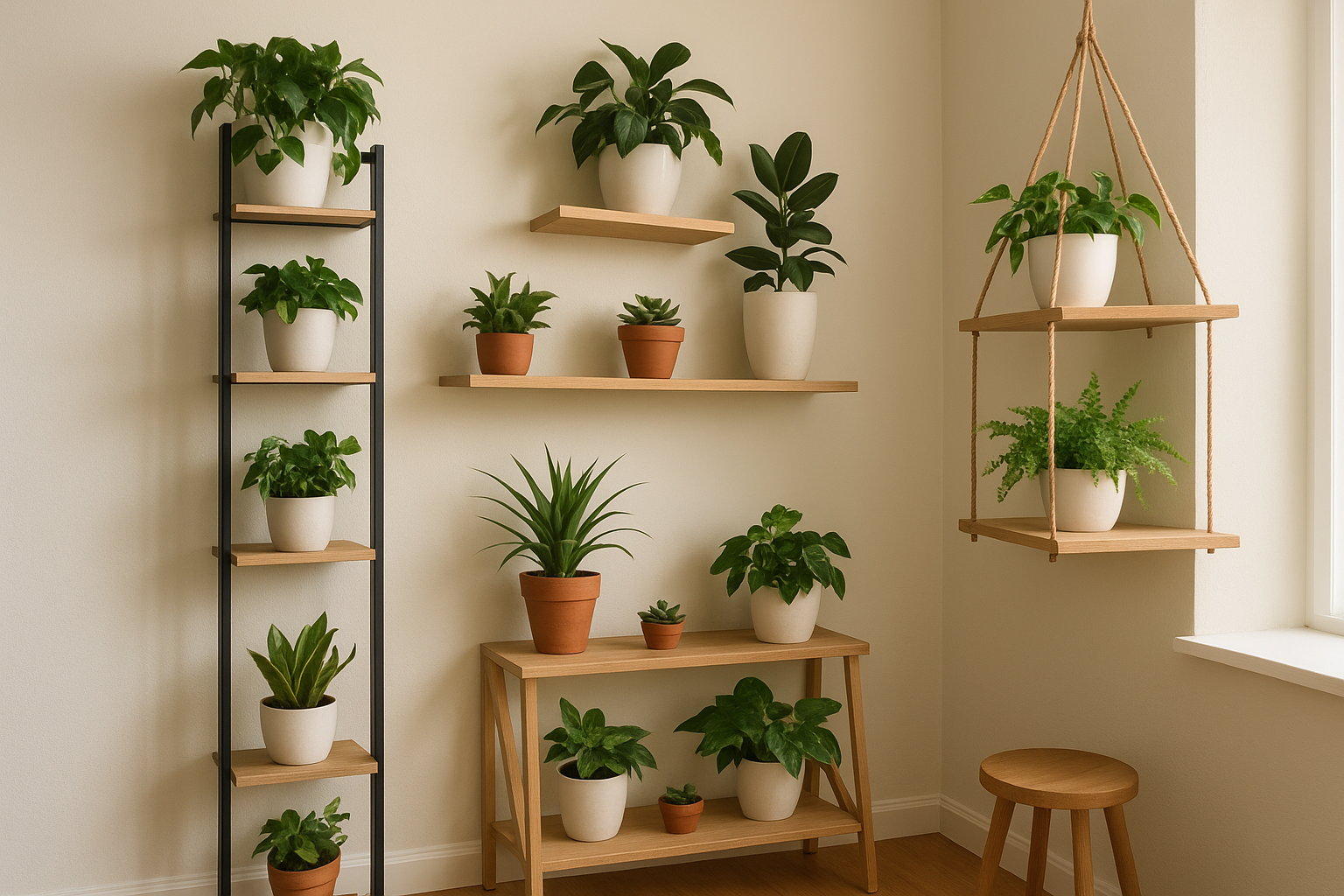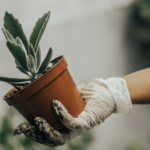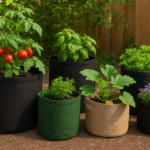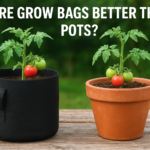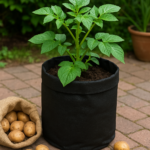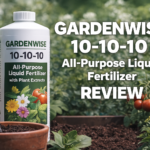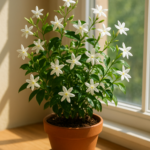If you live in a small apartment or cozy home, finding space for your growing plant collection can be tricky. That’s where smart shelf ideas come in! With the right plant shelf or corner setup, you can turn tight areas into lush green displays without clutter. Whether you love modern floating shelves or rustic ladder stands, there’s always a creative way to showcase your plants beautifully. In this article, I’ll share the best plant shelf and corner ideas that maximize your space, add style, and help your plants thrive indoors. From minimalist designs to DIY projects, these ideas work perfectly for any room—be it your bedroom, balcony, or living room.
Why Plant Shelves Are Perfect for Small Spaces

Plant shelves are a clever way to decorate while saving space. Instead of crowding windowsills or tabletops, shelves elevate plants vertically, keeping your floor clutter-free. Vertical shelving allows you to grow multiple plants in one area, which is ideal for small apartments or studios.
Besides space efficiency, shelves create visual balance and help distribute natural light better. When plants are arranged at different heights, they receive more even light exposure, promoting healthier growth. Another benefit is flexibility—you can choose wall-mounted, corner, or hanging designs depending on your layout.
Finally, plant shelves aren’t just practical; they’re stylish too. With sleek wood, metal, or glass finishes, they can complement any decor—modern, boho, or rustic. It’s an easy way to bring life into your home without sacrificing comfort or space.
Choosing the Right Shelf Material for Your Plants
When selecting shelves, the material matters just as much as the design. Wooden shelves bring warmth and natural charm, perfect for rustic or bohemian interiors. However, they should be sealed properly to prevent moisture damage from watering.
Metal shelves are strong, sleek, and ideal for contemporary homes. They can hold heavier pots and are easy to clean, but watch out for rust—especially in humid environments.
Glass shelves offer elegance and lightness, making small rooms appear more spacious. Yet, they require careful handling and frequent cleaning to maintain shine.
If you love DIY, bamboo and recycled materials are eco-friendly and affordable alternatives. Always consider the weight your shelf will bear, and use sturdy brackets or stands to ensure safety. Choosing the right material ensures longevity and harmony with your interior design.
Vertical Shelves: Maximizing Limited Floor Space
Vertical plant shelves are a lifesaver for small rooms. They utilize unused wall space, allowing plants to grow upward instead of outward. You can place them beside windows or even in tight hallway corners for a striking green statement.
A tall multi-tiered rack can hold a variety of plants, from trailing vines to succulents. Mixing sizes creates depth and visual interest. If your wall space is limited, a narrow ladder-style shelf adds a modern vertical accent without overwhelming the area.
To keep things tidy, use uniform pots or neutral tones. You can even install modular shelves, which are adjustable and easy to move around. Vertical shelving not only saves space but also turns your greenery into living art.
Floating Wall Shelves for a Minimalist Touch
Floating wall shelves are perfect for minimalist interiors. These sleek, bracket-free designs appear to “float” on the wall, offering an airy, modern vibe. They work great in small bedrooms, kitchens, or offices where every inch counts.
You can install one long shelf for trailing plants like pothos or string of pearls, or create a gallery wall by stacking multiple shelves at different heights. Choose light-colored woods or white finishes to make the room look more open.
Floating shelves are also ideal for herbs in the kitchen or small succulents in a study corner. Just remember to anchor them securely to handle plant weight. A few well-placed floating shelves can transform a blank wall into a living masterpiece.
Corner Plant Stands: Turn Dead Space into Green Corners
Corners often go unused, but they’re perfect for plant displays. A corner plant stand can bring life to overlooked areas while saving valuable floor space. These stands usually come in triangle or L-shapes, fitting snugly into tight spots.
You can mix tall plants like snake plants with smaller ones like ferns to create dimension. Adding a small light source nearby enhances both ambiance and growth.
Corner shelves also make great accent points in living rooms or bathrooms. Wooden or wrought iron stands blend seamlessly with any décor. For renters, free-standing corner racks are a bonus—they require no drilling! With the right setup, even a dull corner becomes a refreshing green retreat.
Tiered Plant Shelves for a Layered Look
Tiered plant shelves are a stylish and space-efficient way to showcase multiple plants. These shelves typically feature two to five levels, allowing for a layered display that adds visual depth.
You can place taller plants at the back and smaller pots in front for a natural, cascading effect. Tiered shelves also make watering easier since each level has its own space for drainage.
Opt for metal-framed or bamboo designs depending on your interior theme. They work beautifully in balconies, patios, or living rooms. You can even add fairy lights or decorative pebbles for an extra cozy touch. A well-arranged tiered shelf can transform your plant display into a vibrant centerpiece.
Hanging Plant Shelves for Airy Decor
If floor or wall space is tight, hanging shelves are your best friend. Suspended from the ceiling or mounted by ropes, these shelves add a floating garden vibe to any room.
Macrame or rope-hung shelves suit boho interiors, while metal or wooden ones fit modern spaces. They’re ideal for trailing plants like ivy, spider plants, or philodendrons.
Hang them near a window for the best light exposure, and vary the height for a dynamic look. Hanging shelves not only save space but also create an airy, relaxing atmosphere that brings the outdoors inside.
Window Shelves: Let the Light Shine In
Window shelves are a dream for light-loving plants. By installing clear glass or acrylic shelves within window frames, you give your plants direct sunlight without cluttering sills.
These shelves are perfect for herbs, succulents, and small tropical plants. You can use suction cup mounts or metal brackets for easy installation.
They also double as beautiful sunlit displays, giving your home a natural glow. If privacy is a concern, hanging semi-sheer curtains below the shelves maintains balance. Window shelving turns ordinary windows into living green frames—practical and breathtaking.
Ladder Shelves: Rustic Charm for Modern Homes
Ladder shelves are one of the most stylish and versatile options for displaying plants in small spaces. Their tiered, leaning design offers a unique mix of functionality and charm. Whether you prefer rustic wood or modern metal frames, ladder shelves blend effortlessly with any interior theme.
Each step provides space for plants of different heights, allowing you to showcase a mix of tall foliage, cascading vines, and tiny succulents. You can even combine decorative items like candles or books to create a balanced aesthetic.
For a minimalist look, choose a simple white or bamboo ladder shelf. If you love a cozy, earthy vibe, opt for darker wood tones. Place your ladder near a window or corner to create a vertical garden that draws the eye upward. This setup not only saves space but also adds warmth and texture to your living area.
Rolling Plant Carts: Flexible Green Displays
If you love rearranging your home decor, rolling plant carts are perfect. These mobile shelves let you move your plants easily to catch more sunlight or refresh a corner. Available in wood, metal, or multi-tiered styles, they combine practicality with beauty.
A three-tier rolling cart works wonderfully for small potted plants, herbs, or succulents. You can position it in the kitchen during the day and roll it into the living room for display at night.
To keep it stylish, add matching pots or decorative trays. Many plant lovers even use bar carts as mobile plant stations. The flexibility allows plants to thrive as you adjust to lighting and temperature changes. Rolling carts are an ideal option for renters or those who love to experiment with their green setups.
DIY Plant Shelf Ideas for Budget-Friendly Decor
You don’t need to spend a fortune to create stunning plant shelves. With a little creativity, you can make your own DIY versions using materials you already have. Wooden crates, old ladders, or reclaimed planks make excellent bases for rustic plant stands.
You can stack crates vertically or mount planks on the wall with brackets for a custom look. Painting or staining the wood can match your interior theme. For a boho touch, try macrame hanging shelves—they’re affordable, easy to craft, and beautiful.
If you’re tight on space, use floating corner shelves made from recycled wood or PVC pipe frames for lightweight support. DIY plant shelves not only save money but also add a personal touch to your home. Every piece becomes a creative expression of your love for plants.
Small Balcony Plant Shelf Inspiration
Balconies may be small, but with the right shelving, they can become mini gardens. Vertical racks or narrow metal stands make great use of limited space, allowing you to grow herbs, flowers, and small vegetables.
If your balcony gets a lot of sunlight, try tiered bamboo shelves—they’re sturdy and weather-resistant. Hanging shelves from the railing or wall-mounted brackets also free up floor space.
To create a cozy atmosphere, mix in fairy lights, colorful pots, and climbing plants like jasmine or morning glory. You can even add a small chair or stool for relaxation. With careful arrangement, your balcony shelf setup can transform a dull space into a peaceful, green retreat.
Lighting Tips for Indoor Plant Displays
Proper lighting is crucial for plant health, especially indoors. Not every corner receives equal sunlight, so you must plan your shelf placement wisely. South-facing windows provide bright light, while east-facing ones offer gentle morning rays—perfect for most houseplants.
For darker areas, invest in LED grow lights that mimic natural sunlight. These can be clipped onto shelves or installed above your plant display. Adjustable brightness settings help prevent leaf burn.
Another trick is to rotate plants weekly to ensure even growth. Reflective surfaces, like mirrors or white walls, can also enhance light distribution. Remember—each plant has its own light preference, so always group plants with similar needs. With the right lighting setup, your small-space garden will thrive year-round.
Maintaining Plants on Shelves: Smart Tips
Keeping plants healthy on shelves requires some care and planning. First, ensure that each pot has proper drainage to prevent water from seeping onto lower shelves. Use saucers or trays to catch excess moisture.
Dust your plants and shelves regularly—indoor dust can block sunlight and hinder growth. Watering can be tricky for elevated plants, so consider a spray bottle or watering can with a long spout for easy reach.
Check for signs of overwatering or yellowing leaves weekly. Rotate plants occasionally for balanced growth, and prune dead leaves to maintain neatness. Adding humidity trays or small humidifiers helps tropical plants flourish indoors. With consistent care, your shelves will stay vibrant, organized, and full of life.
Conclusion
Small spaces don’t mean small dreams—especially when it comes to creating your indoor garden. With smart plant shelf and corner ideas, you can transform every inch of your home into a green sanctuary. From vertical racks to floating shelves, each design brings beauty, organization, and calm.
Whether you’re styling a tiny balcony or brightening up your bedroom, the key lies in creativity and functionality. Choose materials that fit your décor, ensure proper lighting, and most importantly—have fun experimenting. With these ideas, your small space can bloom into a lush, refreshing escape filled with nature’s charm.
FAQs
1. What type of plant shelf is best for small apartments?
Floating wall shelves and vertical racks are ideal since they save floor space and add a modern touch.
2. Can I use metal shelves outdoors?
Yes, but choose rust-resistant or powder-coated metal to withstand humidity and rain.
3. How do I keep plants from dripping water on lower shelves?
Use pots with trays or self-watering planters to prevent water damage and maintain cleanliness.
4. Which plants are best for low-light shelves?
Snake plants, pothos, ZZ plants, and ferns thrive in low-light indoor conditions.
5. How often should I rotate my plants?
Rotate every 1–2 weeks to ensure even light exposure and balanced growth.

